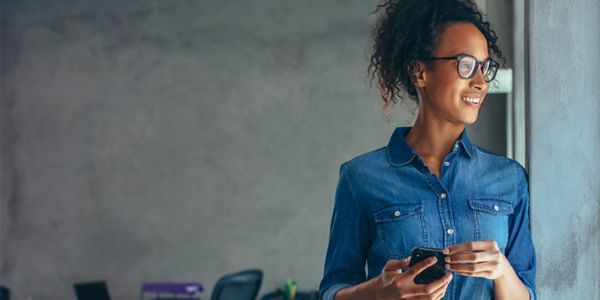At a recent family business summit in Valencia, Spain, more than 200 family business thought leaders from academia, prominent family businesses and professional practitioners came together to connect, share big ideas and explore practical ways for shaping the future of family businesses everywhere.
The three-day summit was hosted by the STEP Project Global Consortium (SPGC), with KPMG Private Enterprise as its platinum sponsor. Under the theme, “Re-gener@tion: Managing Change and Innovation in Family Business”, the discussions focused on the most important opportunities and challenges facing family businesses today and in the foreseeable future. It was truly a unique meeting of the minds, and everyone had something of value to share — and to learn.
Here are some of the insights that caught my attention.
- The art of forecasting the future
One of the summit’s keynote presentations was delivered by Yael Selfin, Chief Economist for KPMG in the UK who provided an overview of the current global economic outlook. In these times of geopolitical, social and economic unpredictability, forecasting the future is becoming more of an art than a science.
As Yael pointed out in her remarks, following the worst days of the pandemic, there was a glimmer of hope that economies across the world might slowly begin to rebuild. However, the speed of recovery has been uneven, and rising inflation has been in sync across most major economies. Though family businesses tend to focus on the long term, interest rates will likely continue to rise in the short term, and it will be necessary to think carefully about when and where they invest.
- Sustainability as a commercial imperative
The number of presentations and discussions regarding the commercial imperative of sustainability struck me the most. This theme rippled throughout many conversations alongside concerns about the need to drive innovation while simultaneously managing the dramatic shifts taking place in the global economic environment. What I hear most often from family businesses is, “We know we need to do something to make our business more sustainable, but where and how do we start?”
The response from business families that are already on the sustainability journey was simply this: You must start NOW, and the first step is to understand what the commercial impact of not embracing sustainability is likely to be. As one family business leader expressed openly, “If you do nothing, your company probably won’t be here in five years — let alone 10 — because customers (whether they are individuals or corporates) are making decisions today based on the extent to which your organization is living the sustainability values they want to see.”
This message was echoed throughout the three days of the summit, including in a presentation from a family business leader who described how the first step towards sustainability in his company was to make sure that its entire supply chain is sustainable, then embedding sustainability throughout the culture of the company and its operating model. By doing so, every employee understands how important sustainability is as a competitive differentiator throughout the entire customer base.
Similarly, the leader of a construction company described how procurement departments are now applying new weightings in tender documents, where as much as 10 percent of the value of the tender may be allocated to environmental and social impact. The extent to which the bidders complement the companies’ values is a key deciding factor in awarding the tender. Essentially, the company is looking for evidence that every member of their supply chain is up to the task. Increasingly, this can make the difference between winning or losing a bid.
- Opportunities to reposition the family business brand
There were several presentations and conversations throughout the summit, about the power of next-generation family members: their values, the way they think and how they’re changing the way their business sells itself. Many referred to this as ‘value branding’. In a panel discussion, one next-generation member of a manufacturer of high-end mattresses described how most people buy a mattress only once every 20 years. However, she and other next-generation members of her family who understand the importance of health and wellness have repositioned their company’s brand. They have successfully shifted their potential buying population away from people who only need a new mattress, to a new set of customers who understand the value of purchasing a product that may contribute to their health and well-being.
It's time to elevate the social value story
I’ve heard many compelling stories from family businesses about the importance of value creation and the role of sustainability. But what’s often missing is a strong narrative that supports everything they’re doing as purpose-driven organizations. Many are beginning to recognize that they’ve been too quiet about their actions and impact, and this is something they need to work on. Some are now including their sustainability story in their published accounts. As an example, one company described how they entered all the data related to their charitable and community efforts in an online social value calculator. It indicated that the company has invested several million US dollars to underpin its social value, and this is now being reported as an asset on their company’s balance sheet.
The ability to quantify social value is a powerful step forward in being able to build a strong sustainability narrative, with the added advantage of attracting new capital and in retaining and recruiting new talent. It also reinforces my belief that creating social value and being profitable are not mutually exclusive.
I’d be very interested in hearing where you are on your sustainability journey and the approach you’ve taken. Please feel free to contact me at any time at tom.mcginness@kpmg.co.uk to share your experiences and add to the insights from the Summit.


